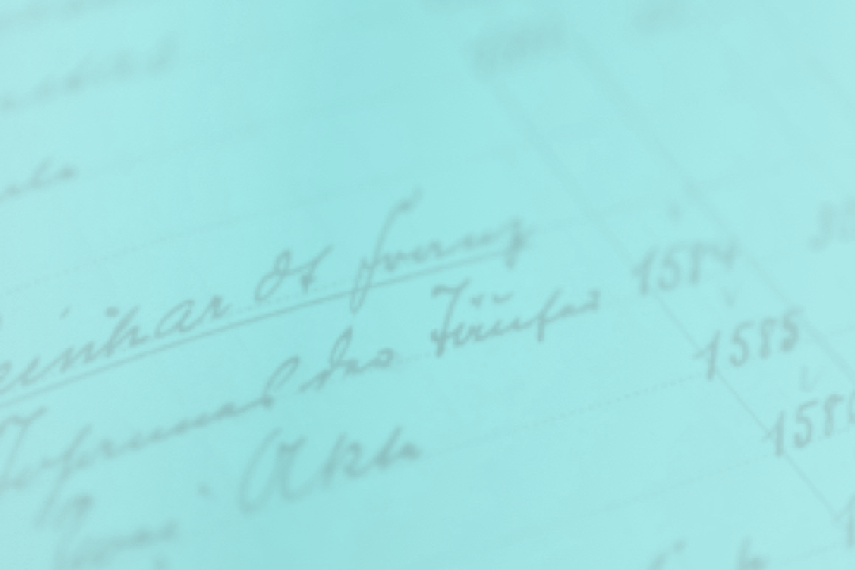It tells the story of Jewish people who were once highly influential figures in the cultural life of Germany but were subsequently ostracised, disenfranchised, persecuted, robbed and murdered by the National Socialists. As such, the two institutions are no longer focusing solely on works being restituted as a result of provenance research but on the numerous biographies of the art collectors to whom the pieces once belonged, some of whom are unknown. In collaboration with the broadcasting companies Bayerischer Rundfunk and Rundfunk Berlin-Brandenburg, these individuals are to be memorialised on film. A separate project website is being created as a memorial multimedia media library.
At the launch event for the project at the Bode Museum, Minister of State for Culture Claudia Roth said: “Behind every stolen or expropriated work of art is the story of somebody’s life and the injustice they suffered. Tracing these biographies behind the looted works of art and illuminating the diversity of Jewish life in German society before 1933 provides us with a key source of remembrance for the future, which is why it remains an important task for society as a whole. A major contribution to this endeavour is made by the project Kunst, Raub und Rückgabe [Art, Looting and Restitution], being pursued by the SPK and the Bavarian State Painting Collections, together with Bayerischer Rundfunk and Rundfunk Berlin-Brandenburg. The project stands for our ongoing responsibility to consistently re-appraise Nazi art looting and the crimes committed against humanity in connection with the Shoah, as we strive to keep the memory alive and ensure that everyone can share in it.”
The media library will go online in early summer 2023 with the first five life histories: these will be told in multimedia form through texts, images, videos, maps and audio elements, successively supplemented by further life histories in the further course of the project. 30 personalities are to be presented in the media library by the end of 2024.
The story of Friedrich Guttsmann is one example: Guttsmann (1888-1959) was a merchant and sales representative. Due to his Jewish descent, he lost his employment and the family apartment in Berlin after 1933, and he was then forced to sell his furniture and art objects due to the resulting financial hardship. Guttsmann survived the Nazi era partly because of his “privileged mixed marriage” to the Protestant Henriette Franziska. His sons were able to leave Germany for Sweden in 1939. Friedrich Guttsmann followed with his wife in 1948. In 2019, the SPK restituted a drawing from his estate to his descendants.


